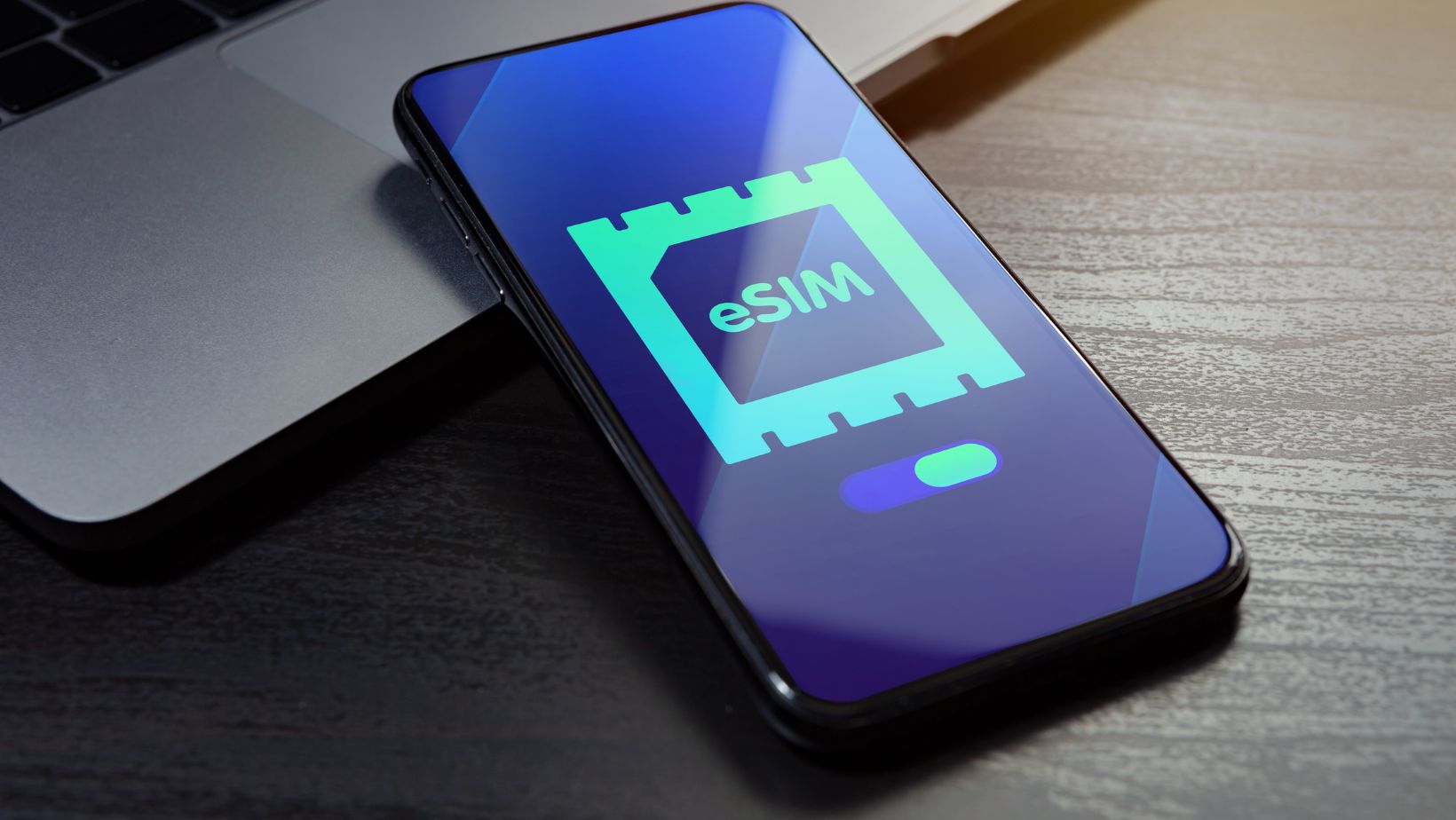When it comes to comparing the AT&T and Verizon coverage in 2016, there are several factors to consider. Unlike T Mobile, both companies are domestic, and have established themselves as major players in the telecommunications industry offering extensive network coverage across the United States. However, there are some key differences that can help you determine which provider may be a better fit for your needs.
In terms of coverage reach, both AT&T and Verizon boast impressive networks that span across the country. However, Verizon often takes the lead when it comes to overall coverage and reliability. With its extensive infrastructure and investments in expanding its network, Verizon has consistently been praised for its strong signal strength and fewer dropped calls.
On the other hand, AT&T offers a robust network with solid coverage in urban areas and major cities. Its focus on high-speed data services has made it a popular choice for customers who prioritize fast internet connectivity. While AT&T’s coverage may not be as extensive as Verizon’s in rural or remote locations, it still provides reliable service for users living or working in more populated areas.
Choosing between AT&T and Verizon depends on your specific needs and priorities. If you value wider coverage reach and stronger signal strength overall, Verizon may be the better option for you. However, if fast data speeds and reliable service in urban areas are your main concerns, then AT&T might be the right choice. It’s advisable to check their respective coverage maps or consult with local users to get a more accurate understanding of their performance in your area before making a decision.

AT&T Coverage vs Verizon 2016
When it comes to the performance of their networks, AT&T and Verizon have been rivals in the telecommunications industry for years. As we delve into the comparison of AT&T coverage vs Verizon in 2016, it’s essential to examine various factors that determine the network performance.
- Network Coverage: Both AT&T and Verizon boast extensive network coverage across the United States. However, certain areas may experience variations in signal strength and availability. In urban areas or densely populated regions, both carriers generally offer reliable coverage. Nevertheless, if you frequently travel to remote or rural locations, it’s worth considering which carrier has better coverage in those specific areas.
- Speed and Data: The speed of data transmission is a crucial aspect when evaluating network performance. In terms of download speeds, both AT&T and Verizon have made significant strides over recent years. However, based on independent studies conducted in 2016, Verizon consistently outperformed AT&T regarding data speeds.
- Reliability: Reliability is another important factor to consider when comparing network performance between these two carriers. Both AT&T and Verizon invest heavily in maintaining their networks’ reliability; however, analysis from various sources indicates that Verizon tends to have a slight edge in this category.
- Customer Satisfaction: Examining customer satisfaction can provide valuable insights into overall network performance as experienced by users. According to surveys conducted by J.D Power in 2016, both AT&T and Verizon received high scores for overall customer satisfaction nationwide.
- Pricing Plans: Lastly, pricing plans play a vital role when deciding between AT&T and Verizon’s services. It is important to compare not only the cost but also what each plan offers in terms of data allowances, streaming capabilities, international calling options, etc., based on your specific needs.
It’s worth noting that while this comparison focuses on the state of affairs back in 2016 between AT&T and Verizon, the landscape of telecommunications is ever-evolving. Therefore, it’s essential to stay updated with the latest information and current offerings from both carriers before making a decision.
In conclusion, when looking at AT&T coverage vs Verizon in 2016, aspects such as network coverage, speed and data performance, reliability, customer satisfaction, and pricing plans all come into play. Each carrier has its strengths and weaknesses in different areas. Assessing your own needs and priorities will ultimately help you determine which provider offers the best network performance for you.


